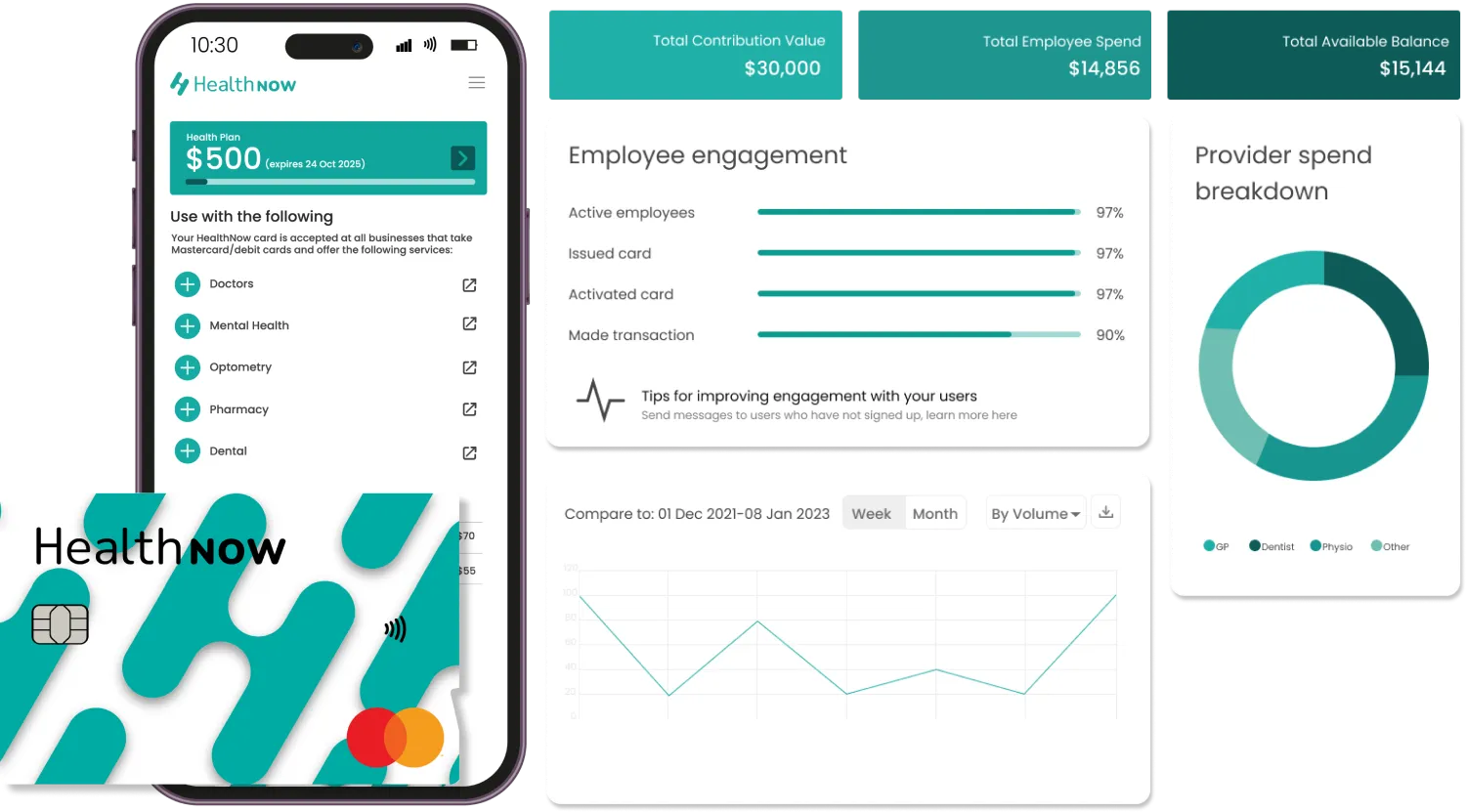Over 466 million people are living with disabling hearing loss worldwide, with another one billion having a milder form of hearing loss that may or may not be diagnosed. With the World Health Organisation expecting this number to rise to 2.5 billion by 2050, this raises an important consideration for employers: should you invest in having your employee’s hearing checked?
While reduced work performance may be one of the motivators for employers to step up to offer this service, the reality is that hearing loss can have a significant impact on a person’s life, including their ability to communicate in all circumstances (inside and outside of work) as well as participate in social activities and live a normal life. Hearing loss can also lead to feelings of isolation, anxiety, and depression, and may increase the risk of cognitive decline and dementia in later life.
Why Consider Offering Hearing Checks?
There are several reasons for employers to consider investing in hearing checks for their staff. These include:
Enabling Early Detection
For many people, having a work-funded hearing check may be the first hearing check they’ve had in decades – or perhaps ever. Regular hearing checks can help to detect hearing loss at an early stage, allowing employees to take action to protect their hearing before it gets worse. This can include wearing hearing protection in noisy environments, reducing exposure to loud noises, or seeking treatment for underlying medical conditions that may be causing the hearing loss.
Prevention
In some cases, hearing loss – or further damage to the ears – can be prevented by taking simple steps to protect the ears. By offering hearing checks and educating employees on the importance of hearing protection, employers can help to prevent hearing loss from occurring in the first place, or stop it from worsening to a further detrimental level.
Improved Productivity
Hearing loss can have a significant impact on a person’s ability to work effectively, particularly in environments where communication is important. By addressing hearing loss early on, employers can help to improve productivity and ensure that employees are able to perform their jobs to the best of their ability.
Employee Wellbeing
Offering hearing checks can help to demonstrate to employees that their health and well-being are a priority for the company. This can help to improve employee morale and job satisfaction, leading to a more positive workplace culture. This is particularly true for occupations where employees aren’t regularly exposed to loud noises and therefore don’t have to have mandatory hearing checks to maintain professional standards, as it shows you’re going above and beyond to help care for their long-term health and well-being.
What Happens During A Hearing Check?
For many people, changes to their hearing or symptoms of disease occur so slowly over time that it’s not immediately noticeable, hearing checks are comprehensive and assess several aspects of a person’s hearing, knowing that this is something that is often undetected by the person affected in the early stages. There are also many ear diseases that have few or no early symptoms and can develop at any age. Your hearing test may look like:
- A consultation with a hearing care professional: A hearing care professional may start by taking a detailed medical and health history. They’ll discuss your concerns, the events that may have affected your hearing, and any other relevant information.
- Ear exam: Next, an illuminated instrument called an otoscope will be used to look inside your ears. This will help search for any problems in the ear canal or with the eardrum itself that may be affecting your hearing. Common problems that can be found in the ear canal can include a build up of wax, damage to the eardrum, an infection or inflammation, and much more.
- Comprehensive hearing assessment: Next, any relevant hearing assessments will be performed based on what you need and what your testing has uncovered so far. These tests may include:
Audiogram: An audiogram takes place in a quiet, sound-treated room or booth to ensure no outside noise interferes with your testing to ensure accurate results. You’ll put on a pair of headphones and undergo a ‘pure tone’ test. This is where a small machine called an audiometer beeps at different volumes and frequencies, and you’ll be asked to press a button or raise your hand when you can hear each sound. Wearing earphones lets us measure the hearing of one ear at a time.
Bone Conduction Test: A bone conduction test is similar to a pure-tone test. You will wear a small device called an oscillator on your Mastoid bone, located behind your ear. The oscillator gently vibrates and sends sound directly into the cochlea in your inner ear. You will be asked once again to indicate each time you hear a beep, and your hearing care professional will record your results.
Tympanogram: A tympanogram changes the pressure within your middle ear. A small probe with a soft rubber tip may be placed in your ear – the probe acts as a soft plug sealing your ear canal, and creates pressure changes to observe how well your eardrum moves.
Speech Test: A speech test is occasionally used to measure how well you hear and understand ordinary conversation. It’s similar to a pure tone test, except you’ll listen to recorded words spoken at different volumes and then be asked to repeat what you hear.
Once the testing is completed, the results of your assessments will be discussed, and if necessary, treatment options to improve your hearing and overall ear health will be considered.
Enabling Hearing Checks – Even Without A Dedicated Program
One of the ways that many businesses are enabling their employees to get a hearing test, without starting a dedicated hearing check program, is by contributing to their employee’s digital health wallets via an employer aid program.
Employer aid is a fantastic, proactive and much-appreciated way to support all aspects of your employee’s health. It is available through the free and secure HealthNow platform, where payments to your employee’s health wallets can be automatically made monthly or at a frequency and dollar value that you choose. Employees can then spend these funds on any health services that are affiliated with HealthNow, whether that be hearing checks, vision tests, skin checks or something else. Many businesses are choosing to opt for employer aid instead of private health insurance payments, which often come with strict criteria, exclusions, pre-existing condition limitations, and that rolls over and is ‘lost’ if it’s not used within a calendar year.
With HealthNow’s employer aid payments, your team can access the care they need, when they need it – taking a proactive healthcare approach before ongoing pain or problems impact their work performance.
HealthNow provides updates on your impact to help you measure the value of employer aid within your company. Your contributions are not subject to the Fringe Benefits Tax, are free for your employees to use (they even get a free $10 credit with their free sign-up), and HealthNow has an ever-growing trusted network of medical providers to keep your staff healthy and happy.
To get started, register your company’s interest via this contact form and a HealthNow team member will get back to you promptly.







